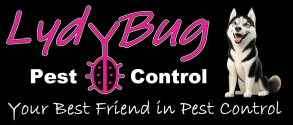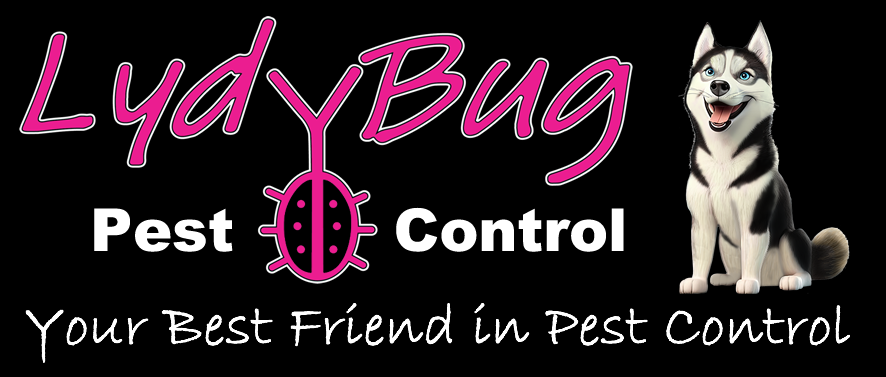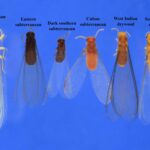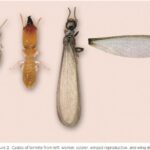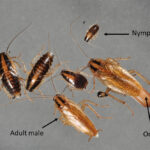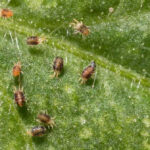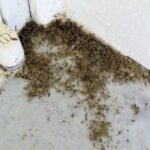
In the intricate ecosystem of our gardens and lawns, a silent menace often lurks beneath the surface, imperceptible to the untrained eye yet capable of causing considerable damage. Meet the chinch bug (Blissus spp.), a minuscule yet formidable insect that can wreak havoc on grasses, particularly turfgrasses, if left unchecked.
Understanding Chinch Bugs
Chinch bugs are small insects, typically ranging from 1/6 to 1/5 of an inch long, with black bodies and white wings folded over their backs. These voracious pests primarily target grasses, feeding on the sap within the plant tissues. While they may seem innocuous individually, chinch bugs can cause substantial harm when they gather in large numbers.
Behavior and Lifecycle
Understanding the lifecycle of chinch bugs is crucial to managing their populations effectively. These pests undergo gradual metamorphosis, progressing through three main stages: egg, nymph, and adult.
In warm climates, chinch bugs may reproduce several times throughout the year. The adult females lay eggs in the thatch or soil near grass roots. Once hatched, the nymphs pass through several instars (developmental stages) before reaching adulthood. During their growth phases, they continuously feed on grass, extracting sap and causing weakening or death of the plant tissue.
Identifying Chinch Bug Damage
Detecting chinch bug damage early is pivotal for effective control. These pests inflict damage by piercing the grass blades and sucking out the sap, resulting in yellowing or browning of the affected areas. The damage often starts as small patches but can rapidly expand if left unattended. In severe cases, an infestation may lead to widespread lawn destruction.
One distinguishing factor in identifying chinch bug damage is the characteristic pattern they leave behind. They tend to feed in clusters, creating irregular patches of dead or dying grass. Another sign of infestation is the presence of chinch bugs themselves; however, they are challenging to spot due to their small size and tendency to hide within the thatch or grass roots.
Effective Control and Management
Managing chinch bug populations requires a multifaceted approach. Here are some strategies for controlling these pests:
- Cultural Practices: Maintain a healthy lawn by proper watering, mowing at the correct height, and regular aeration. Healthy grass is more resilient to chinch bug damage.
- Natural Predators: Encourage natural predators like birds, spiders, and certain parasitic wasps that feed on chinch bugs.
- Chemical Treatments: In severe infestations, insecticides specifically designed for chinch bug control can be applied. However, it’s crucial to follow instructions carefully and consider the environmental impact.
- Early Detection: Regularly inspect the lawn for signs of chinch bug damage, especially during hot and dry periods when they are most active.
Conclusion
Chinch bugs might be tiny, but their impact on lawns and gardens can be substantial. Being proactive in identifying and managing these pests is essential for preserving the health and beauty of our green spaces. By understanding their behavior, implementing preventive measures, and employing targeted control methods, we can mitigate the damage caused by these diminutive yet potentially destructive insects. A vigilant eye and timely action can safeguard our lawns from the silent threat of chinch bugs, ensuring lush and vibrant landscapes for all to enjoy.
Remember, a healthy lawn not only enhances the aesthetic appeal of your surroundings but also contributes to a thriving ecosystem. Stay informed, stay vigilant, and let your lawn flourish free from the clutches of these tiny adversaries.
If you are concerned about chinch bugs in your lawn, reach out to our professionals today for an honest evaluation from LydyBug Pest Control.
